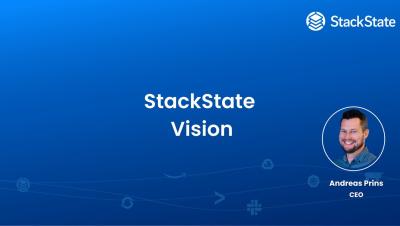Operations | Monitoring | ITSM | DevOps | Cloud
StackState
StackState Observability Vision
eBPF: Revolutionizing Observability for DevOps and SRE Teams
The Last Mile of Observability - Fine-Tuning Notifications for More Timely Alerts
No one wants to get an alert in the middle of the night. No one wants their Slack flooded to the point of opting out from channels. And indeed, no one wants an urgent alert to be ignored, spiraling into an outage. Getting the right alert to the right person through the right channel — with the goal of initiating immediate action — is the last mile of observability.
Harmony in Chaos: Uniting Team Autonomy with End-to-End Observability for Business Success
Imagine a symphony where every musician plays their part flawlessly, but without a conductor to guide the orchestra, the result is just a discordant mess. Now apply that image to the modern IT landscape, where development and operations teams work with remarkable autonomy, each expertly playing their part. Agile methodologies and DevOps practices have empowered teams to build and manage their services independently, resulting in an environment that accelerates innovation and development.
6 Ways to Benefit from the SUSE StackState Integration
With the recent integration between SUSE and StackState, SUSE customers will benefit from the enhanced observability StackState offers for their applications running on SUSE’s diverse Kubernetes distributions. As businesses increasingly rely on Kubernetes, ensuring the stability and performance of applications becomes of great importance.
How to Customise Monitors in StackState for Enhanced Observability | StackState Tuning Tutorial
Multi-Cluster Observability Part 3: Practical Tips for Operational Success
This is the final article of a three-part series. To start at the beginning, read Part 1: Benefiting from multi-cluster setups requires familiarity with common variations and Part 2: Exploring the facets of a multi-cluster observability strategy. As companies scale software production, they lean on Kubernetes as a crucial container orchestration platform for managing, deploying and ensuring software availability.
Kubernetes Troubleshooting Tutorial
Multi-Cluster Observability Part 2: Developing The Right Strategy
This is the second of a three-part blog series. Prior to reading this, be sure to check out Part 1, Benefiting from multi-cluster setups requires familiarity with common variations. In your Kubernetes journey, it's highly likely that you'll encounter the need to manage multiple clusters simultaneously.





